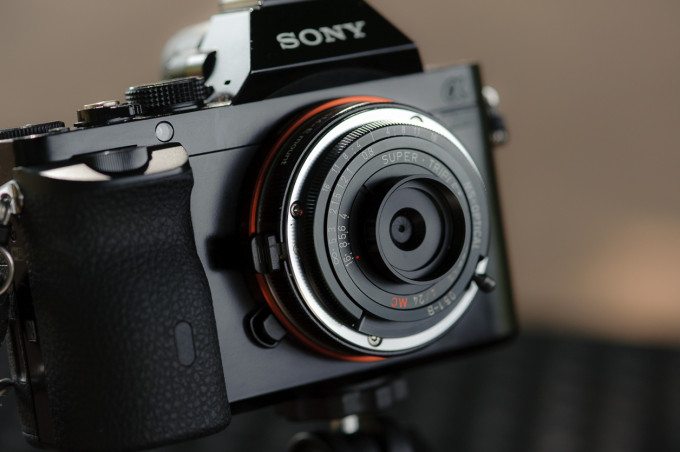
It’s nimble and small. In fact, it’s the smallest lens I have ever owned. On paper, it is a handmade beauty from Japan. The MS Optical Perar 24mm f/4 Super Wide is produced in the basement workshop of Mr. Sadayasu Miyazaki. When I first read about it, I was infatuated because I always wanted a pancake lens. There was one small issue. It was an M mount and I use a Sony A7. There was a quick easy fix though, a Metabones Leica M Lens to Sony NEX E-Mount Adapter. So I spent my money on it while having no clue what to expect with this lens. It could have been crap or wonderful on the A7. It was a risk I was willing to take and here is what I think.
Pros and Cons
Pros
- Tiny and weighs nothing
- Very simple to use for a lens so flat
- Hand made
Cons
- Smallest lens cap ever
- To focus it there’s a little arm that screws in. It unscrewed itself and scared the hell out of me. It fell off in the box and I screwed it back on
- On the Sony A7 in full frame, there is vignetting . I like it some may not
Gear Used
I used the Sony A7 with my Nitz Strap and a Metabones adapter to test this lens. I cannot afford a Leica M anything nor do I know anyone with one. If I ever manage to get my hands on a Leica M film or digital I will do a follow-up.
Tech Specs
Super-wide 24mm focal length, 82 degrees angle of view on 35mm size, 60 degrees on APS-C
•Ultra compact and lightweight, only 43grams (50 grams with the hood)
•Triplet design with 3 elements in 3 groups for refined sharpness
•Premium multicoated lens with a 95% light transmission rate
•Vivid colour reproduction with good contrast
•10 blade aperture diaphragm with smooth selection (non click) for a clean bokeh effect
•Minimum focal distance of 0.8m to 1.0m (each lens is a little different due to being handmade). Mirrorless cameras are 0.5-0.6m min focus
•The same exposed front aperture element as on the Perar 28mm
•Ultra flat pancake design. This lens is the same size as a body cap at 5.2mm
The lens comes with a hard screw-on hood, which doubles as protection for the front element. The hood accepts a 19mm filter.
Ergonomics
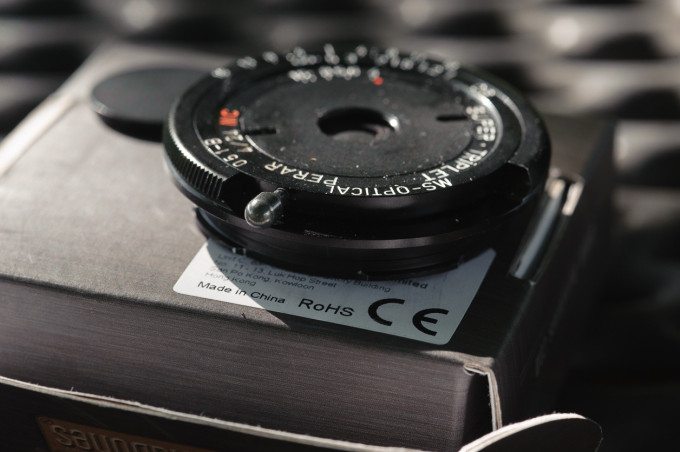
This is the tiniest lens I have ever had. Its ultra small even on the Metabones. Its not as delicate as it looks though. On the front, you can see the labeling clearly marked.
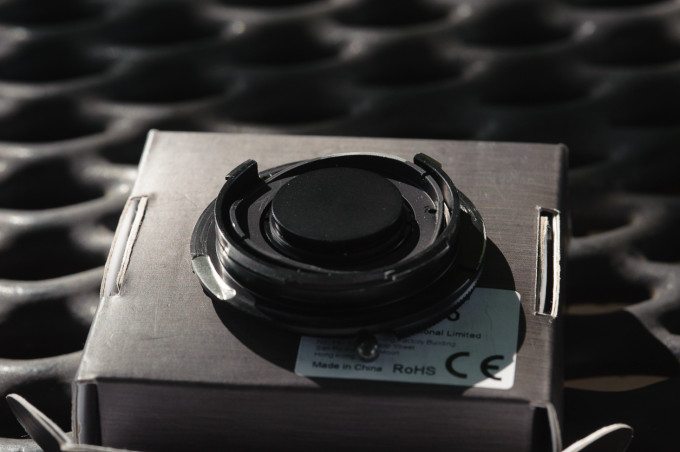
The rear lens cap is about the size of a nickel–and it has to be one of the smallest ones that we’ve worked with. It screws on when not in use, which tends to give more security.
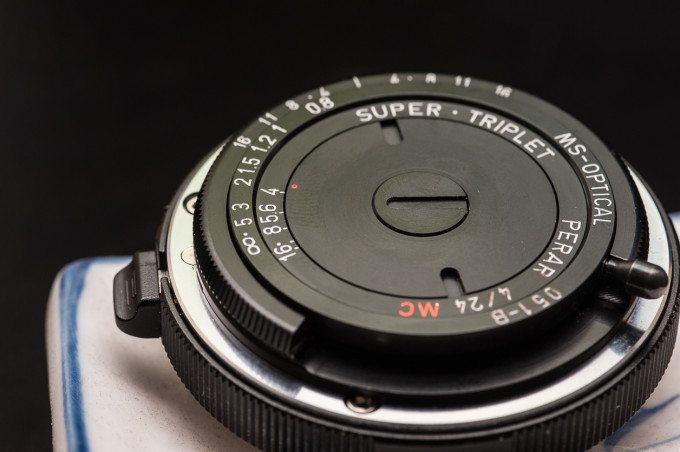
But the rear lens cap isn’t the only thing that’s tiny. The lens has the smallest lens cap I have ever seen. I had to come up with a creative way not to use it.
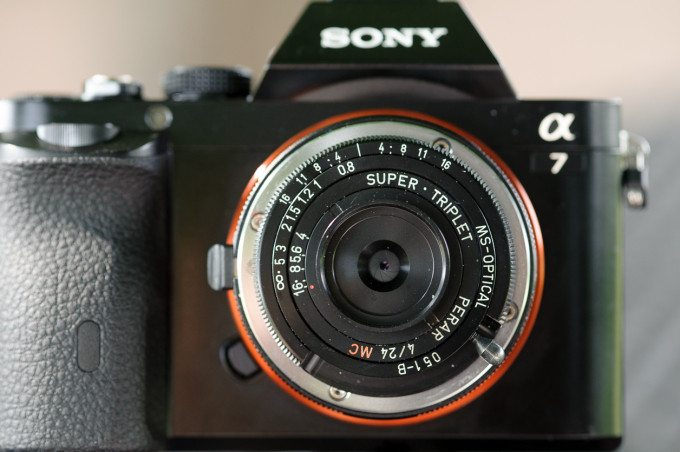
All the marking on the lens are easy to see. The outer ring is for focusing. The next ring is aperture control which is moved carefully by your finger. It’s not hard to use at all.
Build Quality
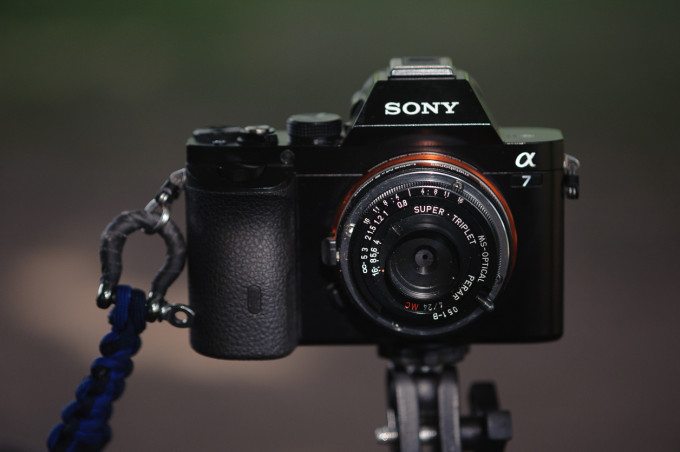
The lens feels brilliant. It feels like it weighs nothing even with the adapter. It is essentially a body cap with a lens built-in.
Because they are hand-made, no two of these lenses are alike and comes with a sheet to tell you about it. You can see the care that went into building the lens. It feels delicate because of it size but it is well-built. When you take it out the box you notice it’s almost put together like a nesting egg. The lens hood is screwed over the rear lens cap.
In front of the lens is the lens cap–you take that off and put on the lens hood. You can see the aperture blades on the lens. It’s so small I used a macro lens to get a good image of it. Changing the aperture requires you have to move the move the second level of the lens with your nail.
Focusing
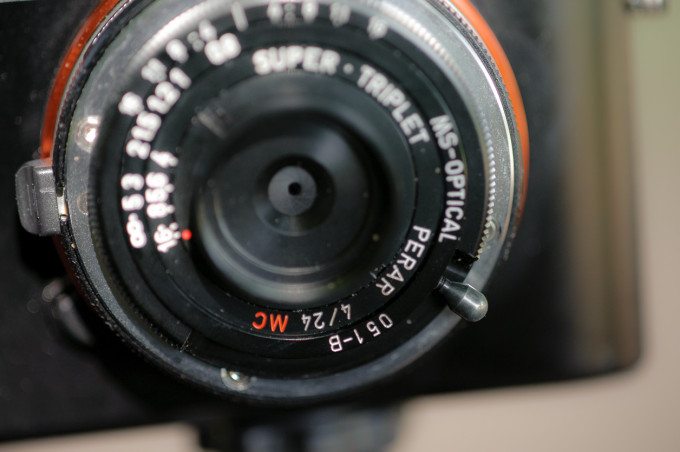
Focusing with the MS Optical Perar 24mm f4 Super Wide is fascinating. You use a finger to move the little arm which moves most of the lens.There is not a lot to move so things come into focus quickly. You just have to make subtle movements for the most part.
Ease of Use
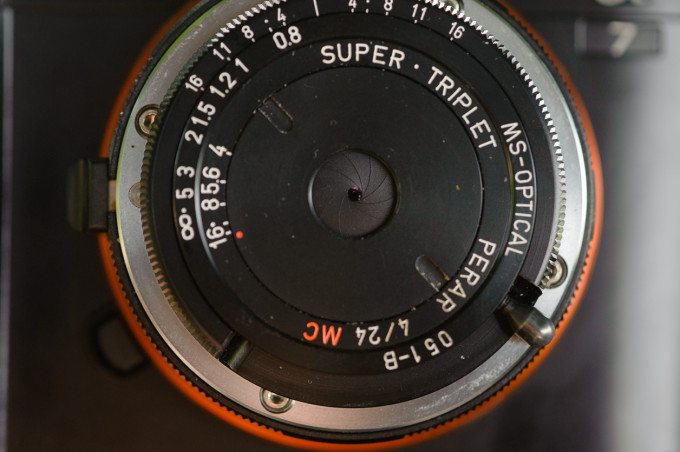
It takes a short bit to get used to the lens. Once you practice with this lens, you easily become efficient with it. It moves differently than most lenses.
The biggest things to get used to is the size. The first thing I realized was not to throw away the box. It is the only place you have to store it. When I shoot with this lens I plane to not take it off however I do keep a 50mm in the bag just in case.
Image Quality
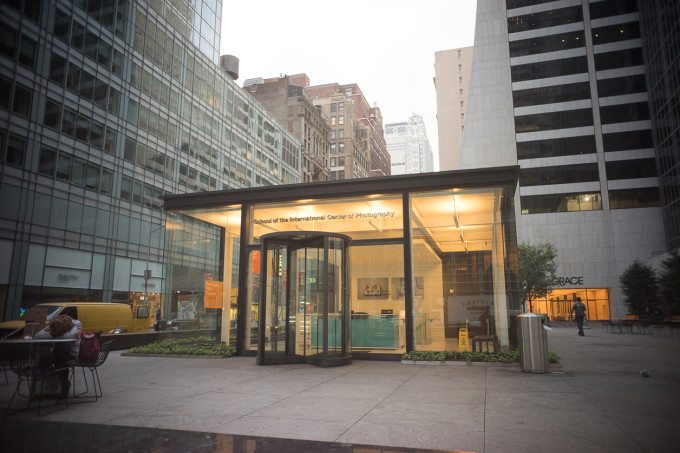
The image quality is unique. This lens is built and tested on Leica cameras. It’s not going to be perfect on the Sony a7. There is some color shift issues and vignetting, but it’s not that bad. It’s all up to you in the long run.
Bokeh
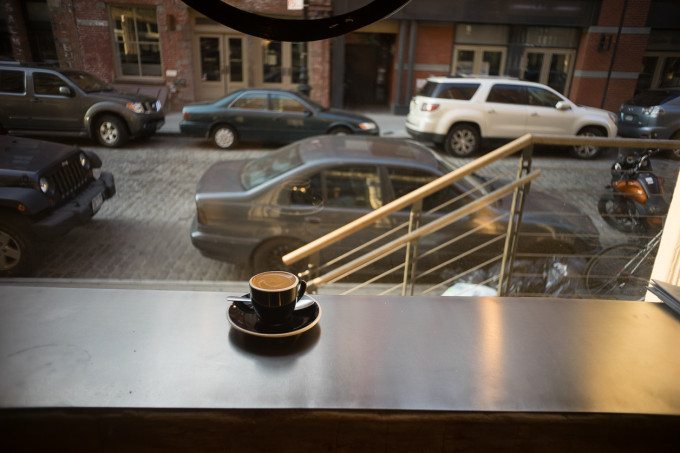
This lens is not meant for bokeh ue to the wide angle and the fairly narrow aperture. This lens is more suited for landscape and street photography. When I had it out on photo walks in New York I kept it around f11
Sharpness
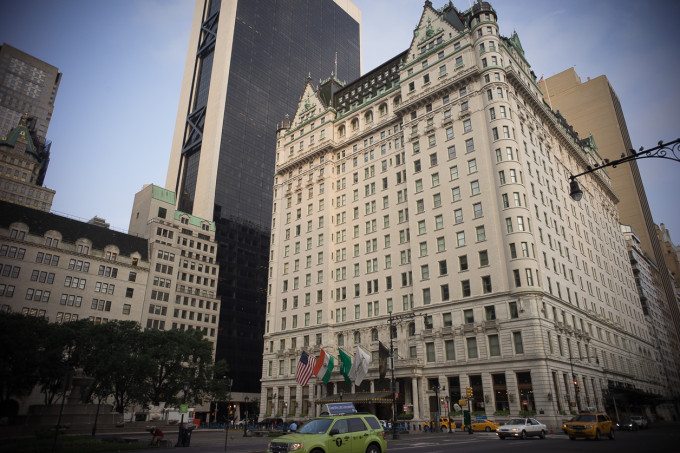
The lens its sharpest in the center. The lens is small and on the Sony a7 is slightly farther away from the sensor than it would be on a Leica.
Color

It all depends on how you expose the image. There is some discoloration on the edges indeed. It goes away slightly if you overexpose the center a little. If you put the camera in cropped sensor mode the discoloration and vignetting goes away. The corner resolution is not as good as the center but it’s decent.
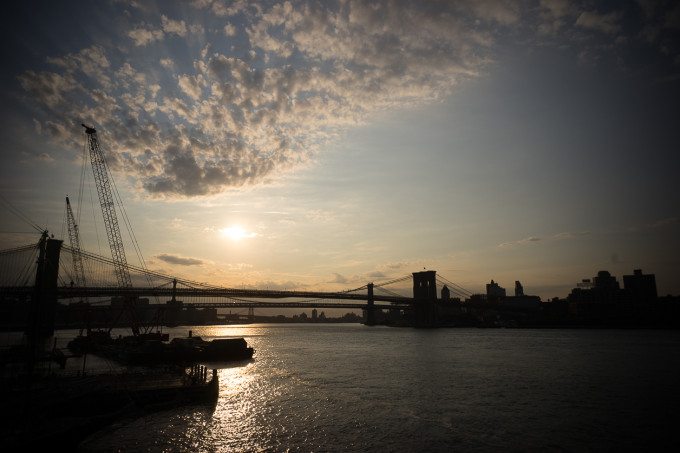
On the Sony A7 the The MS Optical Perar 24mm f/4 Super Wide produces lens cast. It’s a form of lens vignetting the happens with some non native lenses on the Sony A7. You can use Adobe DNG Flat Field plug-in or Adobe DNG Recover Edge plug-in to try and fix it.
Crop vs Full Frame
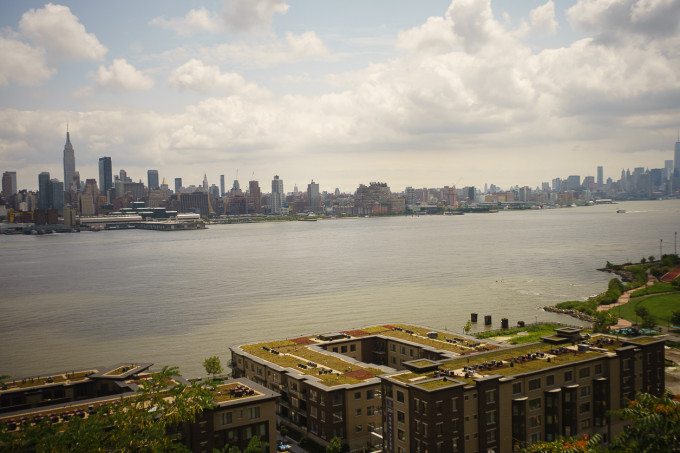
If you would like to take a shot without the vignetting you can put the Sony a7 into crop mode and make the lens effectively a 35mm
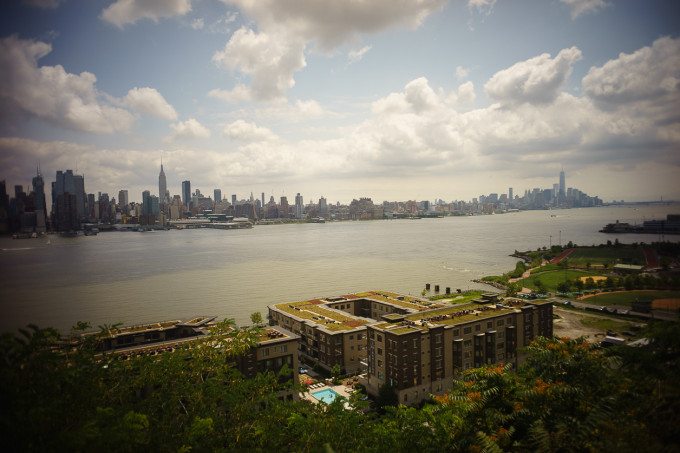
I prefer messing around with the exposure to cancel out the vignetting a little.
Extra Image Samples
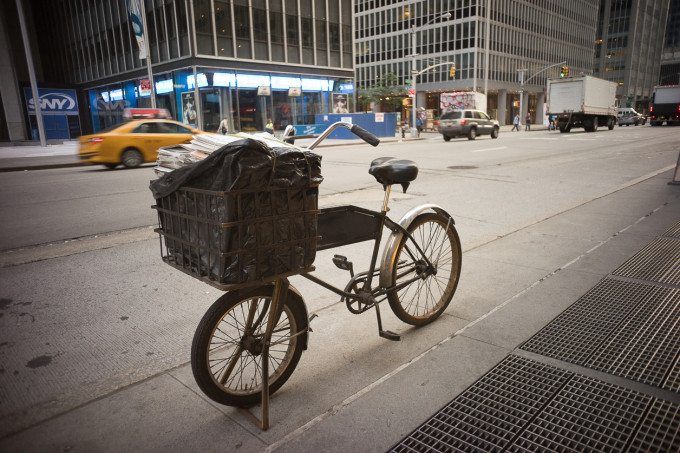
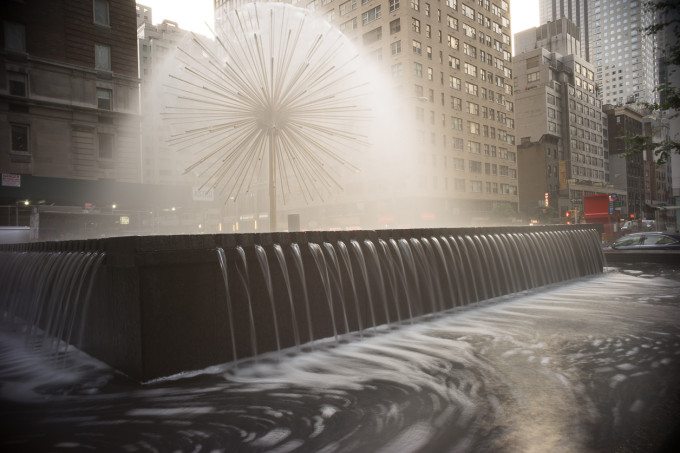
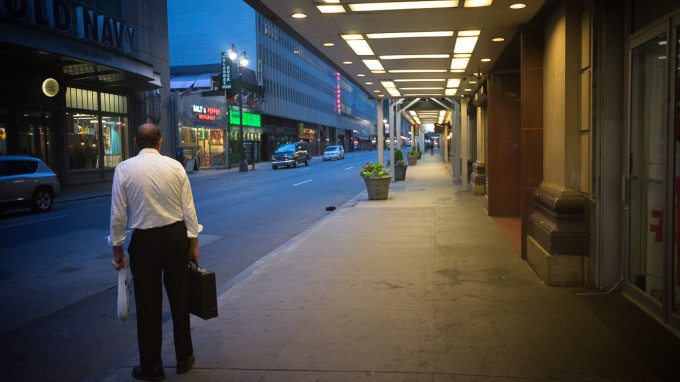
Conclusions
Likes
- It’s really a pancake lens, the smallest I have ever used.
- The lens has a unique image quality.
- The MS Optical Perar 24mm f/4 Super Wide lens is hand made.
Dislikes
- I do dislike the vignetting at times but I have adapted.
- It is so easy to lose the lens cap.
This lens has a limited availability at times, as it is hand-crafted. When I got the lens it was one of the rarest out there. I got lucky and managed to snag one. It is a piece of art. This is another lens that’s not for everyone, but it’s fantastic. It’s a minimalist lens with out all the modern bits. For me this lens was a one of my best purchases for the Sony A7. If you walk around with this lens of the camera people pay it. No mind at all. This is freeing for street photography.

This rating is not because its a bad lens. It’s because of its availability. This lens is also M mount and Leica cameras are expensive so most people will adapt it to various cameras and have slightly varying results.
We give the lens 3 out 5 stars.
Recommended Lenses and Accessories
- If you would like to use the peer on a E Mount you need a Metabones M to Emount adapter. it works right the first time.
- If you want the best results with this lens you can get a Leica M camera film or digital

